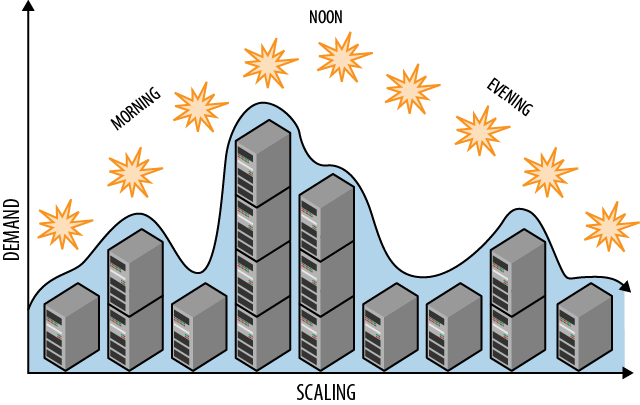I started playing with Puppet recently in an effort to write some “self contained” installation scripts that didn’t require a lot of infrastructure to support them. I ended up developing a pattern of code that allowed me to bundle the entire set of scripts, properties, and even protected encryption keys into a single Git repository. […]
Blog
Insight and analysis from thought leaders in agile development and testing, DevOps, security, test automation, and more.







